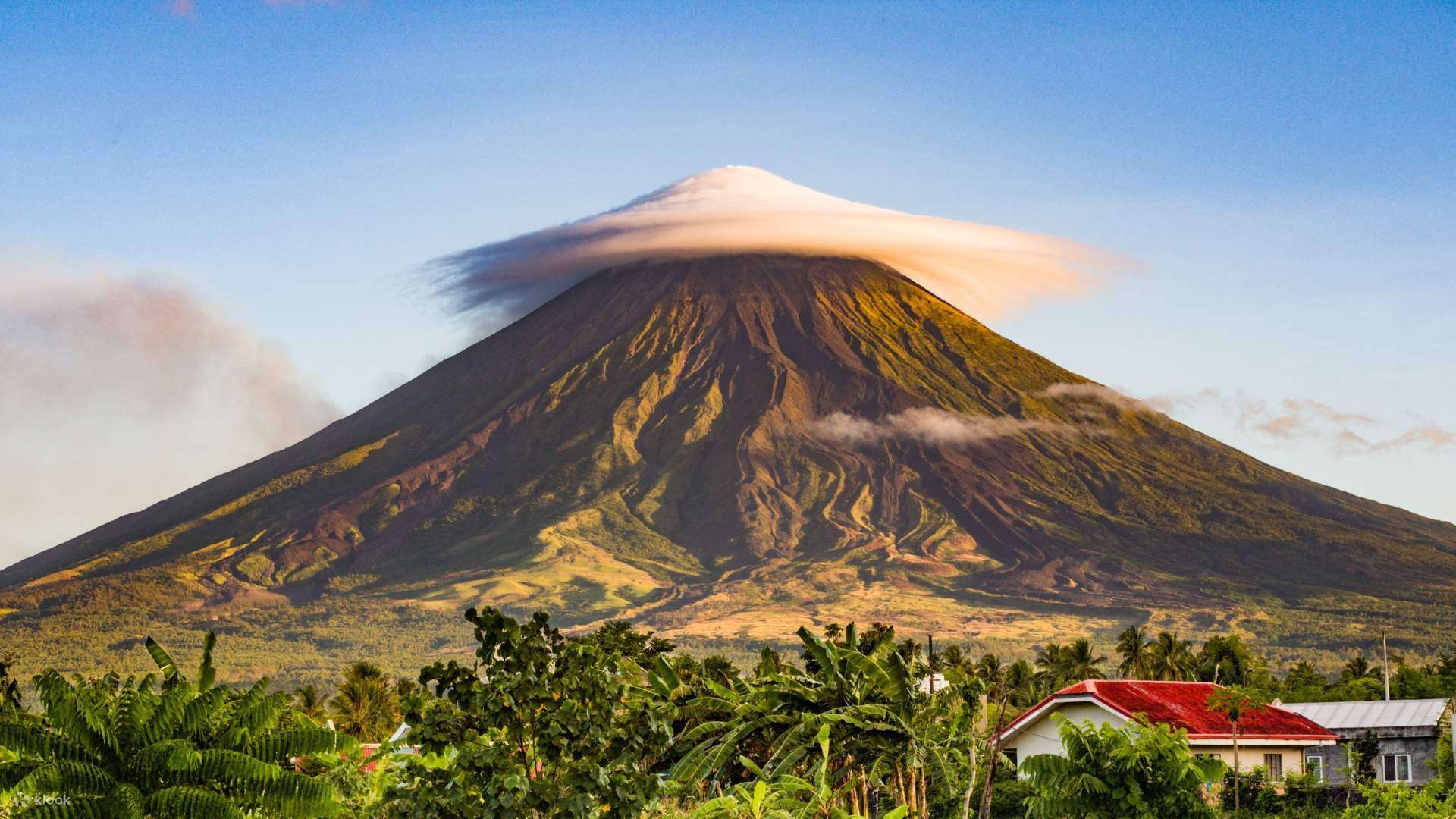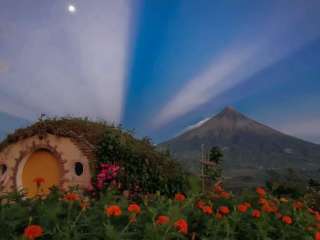

Albay, officially the Province of Albay, is a province in the Bicol Region in Southeastern Luzon Island of the Philippines, mostly on the southeastern part of the island of Luzon. Its capital (and largest city) is the city of Legazpi, the regional center of the whole Bicol Region, which is located in the southern foothill of Mayon Volcano.
The province was added to the UNESCO World Network of Biosphere Reserves in March 2016.
The name Bicol first came to be known as the name of the biggest and longest river in the region. The river comes from the outflow of lakes and springs from the provinces of Albay, Camarines Sur and Camarines Norte and form a large stream that exits in the San Miguel Bay, off the shores of Camarines Sur. The people of the region are called Bikolanos and the language is called Bikol.
The citizens of Albay are called Albayanos. Albay is a province composed of 15 municipalities and 3 cities. The capital of the province is Legazpi City. It was named after Miguel Lopez de Legazpi, the Spanish conquistador who came to the Philippines in 1565 and started the massive colonization. The country became the colony of Spain for the next 300 years. As a result, the Albayanos became devout Catholics.
The symbol most associated with Albay is the Mayon Volcano, a near perfectly-shaped active volcano, 2,462 meters (8,077 ft.) high, which could be seen throughout its 15 municipalities and 3 cities as well as in the surrounding provinces of Sorsogon, Masbate and Catanduanes.
Albay has a total land area of 2,554.06 square kilometers (986.13 square miles).
The province is generally mountainous with scattered fertile plains and valleys. Aside from Mayon Volcano, it has two other major peaks: Mount Masaraga and Mount Malinao.
The western coast of the province is mountainous but not as prominent as the eastern range with the highest elevation at around 490 meters (1,610 ft.). Among these mountains are Mount Catburawan in Ligao and Mount Pantao in Oas & Libon.
Long before the Spaniards arrived in 1569, Albay had a thriving civilization and a rich culture. The land was fertile, lush vegetation covered the plains and the mountains. The earth yielded minerals, including gold.
In July 1569, Luis Enriquez de Guzman, a member of the Spanish expedition led by Legazpi, and the Augustinian Fray Alonso Jimenez landed in the southeastern side of the region, in a town called Gibalong and travelled by land until they reached the town of Camalig, now almost in the heart of Albay and at the foot of Mayon Volcano.
Catholicism was first introduced to the Bikolanos in 1569. The coming of the Franciscans in 1578 started a systematic and sustained process of Catholic conversion.
In 1572, Juan de Salcedo, in search of gold, penetrated the Bicol Peninsula from the north and made it as far south as Libon, establishing the very first settlement called Santiago de Libon. In 1574, the Spanish adventurers in Bikol returned to Manila with over 4,000 ounces of gold. They believed they have found the land of “El Dorado.”
In April 3, 1574 the place called “Baybayon” became an encomienda assigned by Philippine Governor General Guido de Lavezaris to Juan Guerra. This place would later be called “Baybay”, then “Al Baybay” and later shortened to “Albay.”
The development of Albay was largely the work of Jose Maria Peñaranda, the governor of Albay from 1834 to 1843. His monument stands in a plaza bearing his name in front of the Provincial Capitol.
When the war between Spain and the United States of America broke out in 1898, the sovereignty of the country was transferred to the United States after the Treaty of Paris in 1898. During the Philippine-American War, that followed, the American forces led by Brigadier General William Kobbe, landed in Legazpi, on the beach now called Victory Village, and occupied the province. A civil government was established by the Americans in Albay on April 26, 1901.
General Simeon Ola, with over a thousand men, continued to fight the American forces and was the last to surrender to the Americans in 1903.
Albay, under the American rule, experienced peace and sustained economic progress.
The Philippines got involved in the Second World War through the United States of America. After its attack of Pearl Harbor, Japanese Imperial Forces occupied Legazpi on December 12, 1941. But Bicol guerilla forces continued to resist the Japanese forces until 1945, when the country was liberated by the Allied Forces. The United States granted independence to the Philippines on 4 July 1946 via the Treaty of Manila.
Thus, Albay had been under the influence of the Spanish, American and Japanese colonial forces for 377 years, from 1569 to 1946. Traces of the culture of these colonial periods are preserved to this day and have become interesting places to visit. The native culture of the Albayanos was likewise enriched by the melding of different cultures.

Hobbit Hill is the newest attraction spot in Bicol located at Amtic, Ligao City. See the majestic beauty of Mt. ...